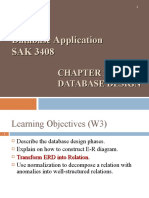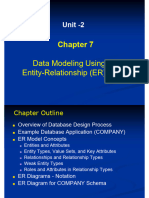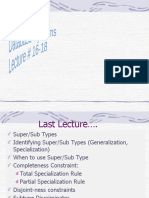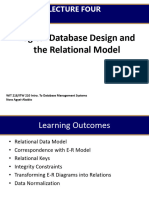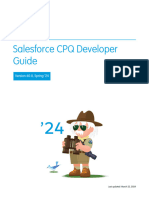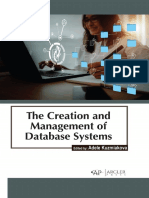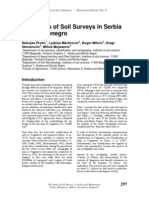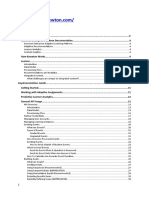0% found this document useful (0 votes)
41 views38 pagesAdvanced Data Models and Logical Design - wk2
The document outlines the learning outcomes for a week focused on advanced data models and logical design stages in database management. It covers concepts such as entity-relationship diagrams, recursive relationships, subtypes, and the relational data model rules necessary for deriving relations from an ER model. Additionally, it emphasizes the importance of primary and foreign keys in logical design and provides examples to illustrate these concepts.
Uploaded by
gcgintl.00Copyright
© © All Rights Reserved
We take content rights seriously. If you suspect this is your content, claim it here.
Available Formats
Download as PDF, TXT or read online on Scribd
0% found this document useful (0 votes)
41 views38 pagesAdvanced Data Models and Logical Design - wk2
The document outlines the learning outcomes for a week focused on advanced data models and logical design stages in database management. It covers concepts such as entity-relationship diagrams, recursive relationships, subtypes, and the relational data model rules necessary for deriving relations from an ER model. Additionally, it emphasizes the importance of primary and foreign keys in logical design and provides examples to illustrate these concepts.
Uploaded by
gcgintl.00Copyright
© © All Rights Reserved
We take content rights seriously. If you suspect this is your content, claim it here.
Available Formats
Download as PDF, TXT or read online on Scribd
/ 38









